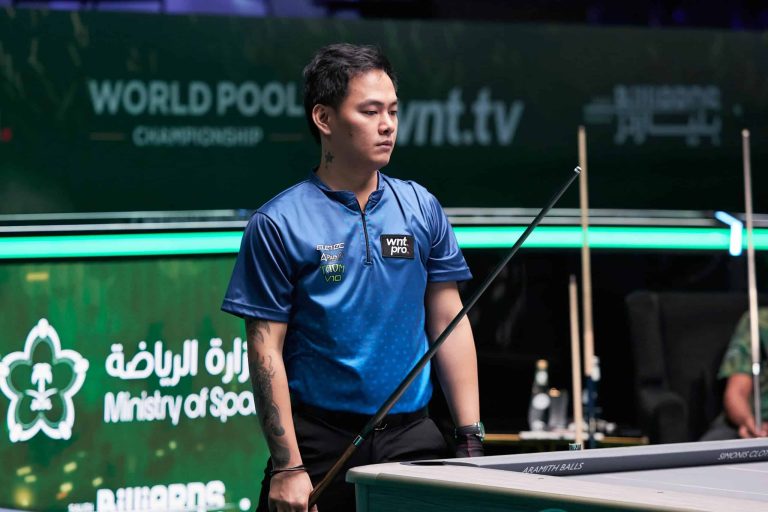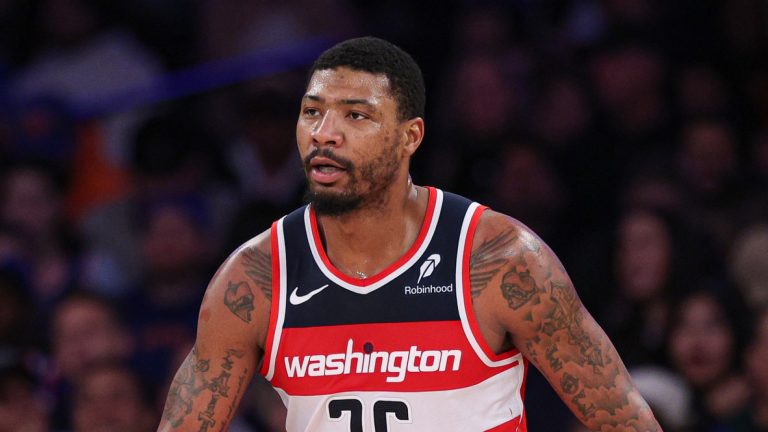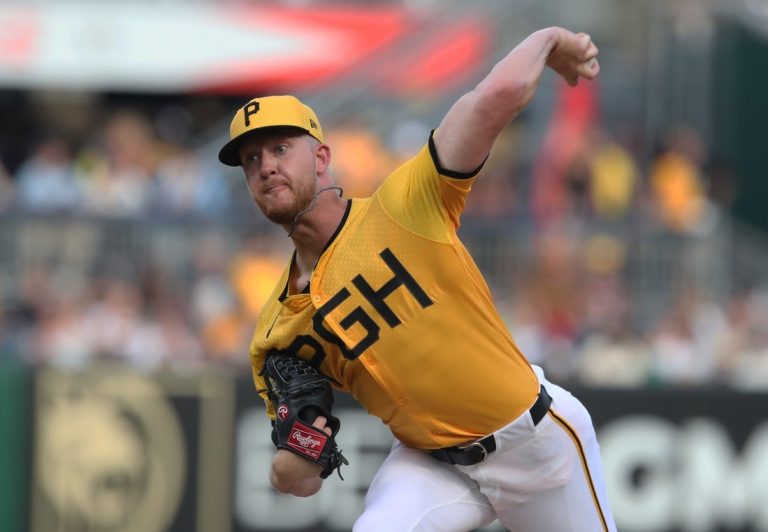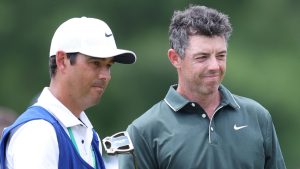Since Test cricket began 471 players have represented Australia in 873 matches.
This equates to an average of just over 20 matches per player. There have, of course, been interruptions to the flow of selection, notably the two World Wars and World Series Cricket – cricket’s own war.
Selections seem when viewed broadly to be fairly constant. The Chappell era, the 1990s and 2000s and the current side all seem to have been stable with career players seemingly dominant and virtually assured of ongoing selection.
The time-worn adage that it is harder to get out of the Australian team than into it has appeared to be not without merit.
I found it surprising then to discover that the number of Test matches played does not even nearly approximate a statistical normal distribution bell curve.
Of the 471 players selected for Australia, 75 have played in only one match. In fact 182 players, or nearly 40% of those selected, have played five Tests or less.
At the other end of the spectrum only 14 players have played more than 100 times. The 100 milestone is a relatively new phenomenon, however, but it is over 100 years since the Big Ship Warwick Armstrong became the first player to cross the 50-Test mark and only 55 other players have done so since.
On average then there is almost one Test player in each Australian side throughout the history of the game and over two players in each starting XI who have played five or fewer.
These figures are of course affected by the much shorter and sparser careers of players in the early days of Test cricket but there are still 56 players who have played just a single Test since 1900, which is roughly one every two years.
Surprisingly in contrast to appearances, the actual figures are skewed towards players playing very few rather than many matches.
There are 182 players who do not think it is harder to get out of the test team than it is to get into it!
It is the players who have played just the one Test that I found intriguing – I was firstly amazed by how many there were and secondly a little ashamed that there were so many players who have represented Australia that I have not heard of despite being quite widely read on the subject.
While I had originally planned to select one side of players who had played only one Test, the sheer volume of players meant that narrowing the field down to 12 was nearly impossible and did not give due recognition to a host of players who for one brief moment were among the eleven best in the country.

(Photo by Daniel Pockett – CA/Cricket Australia via Getty Images )
So, I have broken the article into two. This first article lists players who were selected between the end of WWII and when I was old enough to watch cricket in the early 1970s.
The second article looks at players from before that time. I have still not been able to give due recognition to all such players but have covered many of them.
I chose not to cover players from since the early 70s at this time because I know all of them.
The focus of the article was to give recognition to players that I did not know, although there are, of course, some from that era that I have come across for various reasons over the years.
In chronological order of receiving their baggy green then let us pay due respect to some of the lesser-known players who for a variety of reasons represented Australia on just one occasion in the period from 1945 to 1970.
Ken Meuleman. W.A. RHB, RH Leg break. VS NZ 1946, no runs, did not bowl. Originally from Victoria, Ken moved to WA where he played for 15 seasons from 1945, captaining the state on several occasions. He opened Meuleman’s Cricket Centre in Perth and remained involved in coaching and development notably of Justin Langer. Both his son Robert and grandson Scott also played for WA.
Fred Freer. VIC. RHB, RH fast medium. VS England 1946, 28* runs, 3-74. When Ray Lindwall was struck down with chickenpox, Freer was drafted into the side during the 1646-47 Ashes. He clean bowled Cyril Washbrook, was denied an LBW against Len Hutton but dismissed Denis Compton and Jack Ikin. With Australia wanting quick runs Freer made a rapid 28. Despite his fine contribution Freer was dropped from the next match when Lindwall had recovered and was not afforded another opportunity.
Merv Harvey VIC, RHB. VS England 1947, 43 runs at 21.5. A member of the famous Victorian Harvey family, Merv was an aggressive and fearless opening batsman who loved the hook shot. In circumstances the current Australian side can only dream of despite his undoubted quality the surfeit of good opening batsmen in Morris, Barnes and Brown at the time meant that even his severely war truncated career was never what it might have been. With both Brown and Barnes injured his sole appearance came in the Adelaide Ashes test of 1947.
Len Johnson QLD RHB, RHFM. VS India 1948, 25 runs, 6-74. Considered unlucky to be overlooked in favour of Sam Loxton for the 1948 Invincibles tour, a fine fast medium bowler Johnson built a strong career for Queensland from 1946-53 and was selected on the 1950 Australian second XI tour to NZ.
George Thoms OAM. VIC, RHB. VS WI 1952, 44 runs at 22. Debuting against the WI in 1952 along with both Colin McDonald and Richie Benaud, Thoms was a patient, steady collector of runs. He retired from the game at 26 fearful of injuring a hand which might ruin his career as a surgeon, he introduced laser surgery to Australia in the 1970’s and was awarded am OAM for his work in medicine.
John Rutherford. WA, RHB, RH Legbreak. VS India 1956, 30 runs at 30, 1-15. Although Ernest Bromley was the first West Australian born player to represent Australia, Rutherford was the first player selected from the WA cricket team. Nicknamed Pythagoras he was a science and maths graduate from UWA. A steady opening batsman and occasional bowler he toured England in 1956 and played his only test against India on the return journey.
Jack Wilson. VIC & SA. RHB, LH Orthodox. VS India 1956, 0 runs, 1-64. Like Rutherford Wilson toured England in 1956 but struggled in English conditions. He played his sole Test against India on the return trip as a replacement for the injured Ian Johnson. The number 11 batsman in whichever side he played in.
Keith Slater AM WA. RHB, RHFM and occasional off spin bowler. VS England 1959, 1*, 2-101. Known also as a champion Australian Rules footballer with Swan Districts, Slater toured NZ in 1959-60. He was widely expected to tour England in 1961 but Bradman told him that the ICC maintained a policy of excluding players with suspect actions during what was a period in the game when there were witch hunts on suspected chuckers. This foreshortened his career much to the eternal gratitude of the Swan Districts AFC.
Des Hoare WA RHB, RHFM and leg break. VS WI 1961, 35 runs, 2-156. Selected to replace the injured Alan Davidson for the fourth Test of the series, Des was dropped for Davidson’s return in the 5th test. He played 11 seasons for WA as well as in England and was also a successful WAFL player.
Colin Guest. VIC, RHB, RHFM VS England 1963, 11 runs, 0 wickets. Guest was selected for the third match of the 1962-62 Ashes. Upon moving from Victoria to WA after his form waned he found it difficult to establish himself in a state side which had several quality fast bowlers.
Rex Sellers, AOM SA, RHB, RH Legbreak. VS India, 1964, 0 runs, 0-30. The second Indian-born player to represent Australia, Sellers was selected for the 1964 England tour and played his only Test against his native country on the return journey. Constant cysts on his spinning fingers largely ended his career in 1967. He went on to serve the SACA as a selector and administrator as well as being on the board of the Les Favell foundation. He is a life member of the SACA and in 2013 was awarded the AOM for services to cricket.
Peter Allan ASM QLD, RHB, RHFM, VS England 1965, 0 runs, 2-83. A quality fast bowler with an interrupted career. Debuting in 1959 for Queensland, work commitments then took him to Victoria where he did not play top level cricket. Upon returning to Queensland in 1963 he resumed his career and won selection for the WI tour in 1964-65 but fell ill and did not play. He played in the first Test of the 1965 Ashes series, was then dropped and recalled for the fourth match which he then missed through injury and was replaced by Graham McKenzie.
Les Joslin VIC, LHB, LHM, VS India 1968, 9 runs at 4.5, Did not bowl. Joslin was a hard-hitting middle order batsman with an outstanding schoolboy career. He burst onto the first-class scene in Australia in 1966 and played in one Test in 1968. After that his form waned and he retired from the game at 22.
These 13 men were at the ready in the quarter of a century following the recommencement of Test cricket following the second World War.
Some points of interest include that none of the players hailed from NSW. Is this confirmation of the fact that selectors look after the boys in blue and extend more chances to them or just pure coincidence?
There are significantly more bowlers than batsmen. This is probably due to the greater incidence of injury commensurate with the physical demands of bowling and of course chickenpox. So the downside is shorter careers for the stand-in bowlers but more opportunities to win the ultimate prize of a baggy green.
There are none in this era and I am pretty sure only Hammy Love and Phil Emery as single-Test keepers.
In the next article I look at a selection of players from the earlier days of Australian cricket where the real fun begins with the characters involved.






